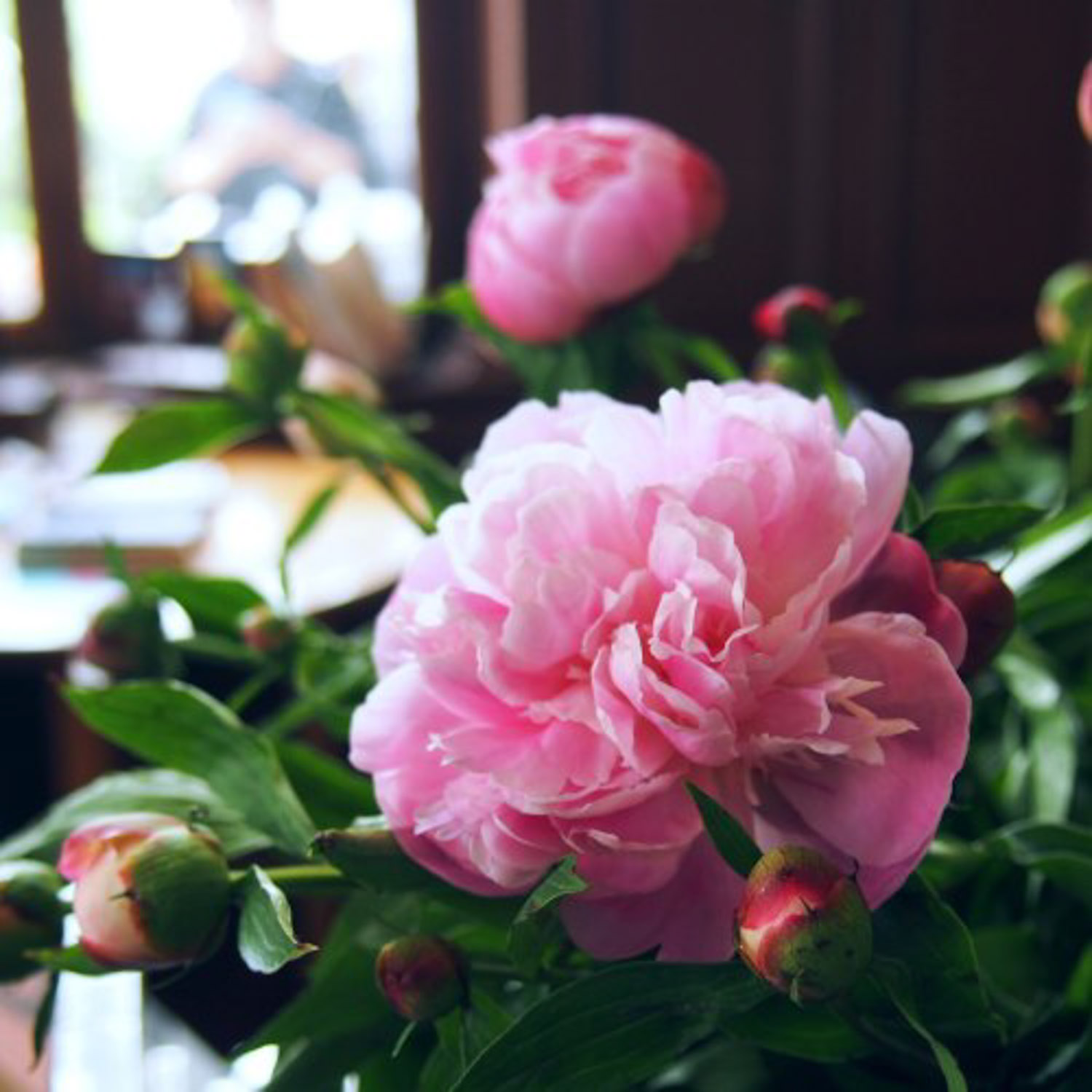1、 Ramet time
The ramet time of Paeonia lactiflora is generally in autumn, starting from the enrichment of overwintering buds until the land is frozen. If the ramet time is too early, the plant is easy to fall, which will affect the growth and development of the second year. If the ramet is late, it will be more difficult to take root because the ground temperature has risen, resulting in its inability to blossom

2、 Basin separation
Before preparing to give Paeonia lactiflora ramets, you need to dig out the plant first, and be careful not to hurt its fleshy roots. After the plants are taken out, the old soil needs to be removed, and then the old roots or dead roots should be cut off. Then the plants should be divided into 3-5 clusters, and each sub plant should bring 3-5 buds. It should be noted that the ramet needs to wait until the soil is dry. If the soil is too wet, it is easy to break the root, so it needs to be dried for one day

3、 Prepare basin soil
Peony is suitable to grow in loose and fertile soil. Generally, garden soil, river sand and rotten pine needles are mixed to prepare basin soil, and the ratio of the three is 5:3:2. River sand mainly plays a role in increasing drainage, while pine needles can provide an acidic environment, which is conducive to plant development. Do not use too sticky soil, otherwise it will affect the respiration of the root

4、 Upper basin curing
After the peony is divided into plants, put the seed plants into a new pot and fill it with the prepared soil. Appropriate amount of water should be poured after filling, which is conducive to plant recovery. After being put into the pot, avoid strong light exposure to avoid plant death. If the daughter plant has more buds, it can bloom the next year, but the flowers are relatively small. It takes 2-5 years to cultivate buds

 how many times do yo...
how many times do yo... how many planted tre...
how many planted tre... how many pine trees ...
how many pine trees ... how many pecan trees...
how many pecan trees... how many plants comp...
how many plants comp... how many plants can ...
how many plants can ... how many plants and ...
how many plants and ... how many pepper plan...
how many pepper plan...





























